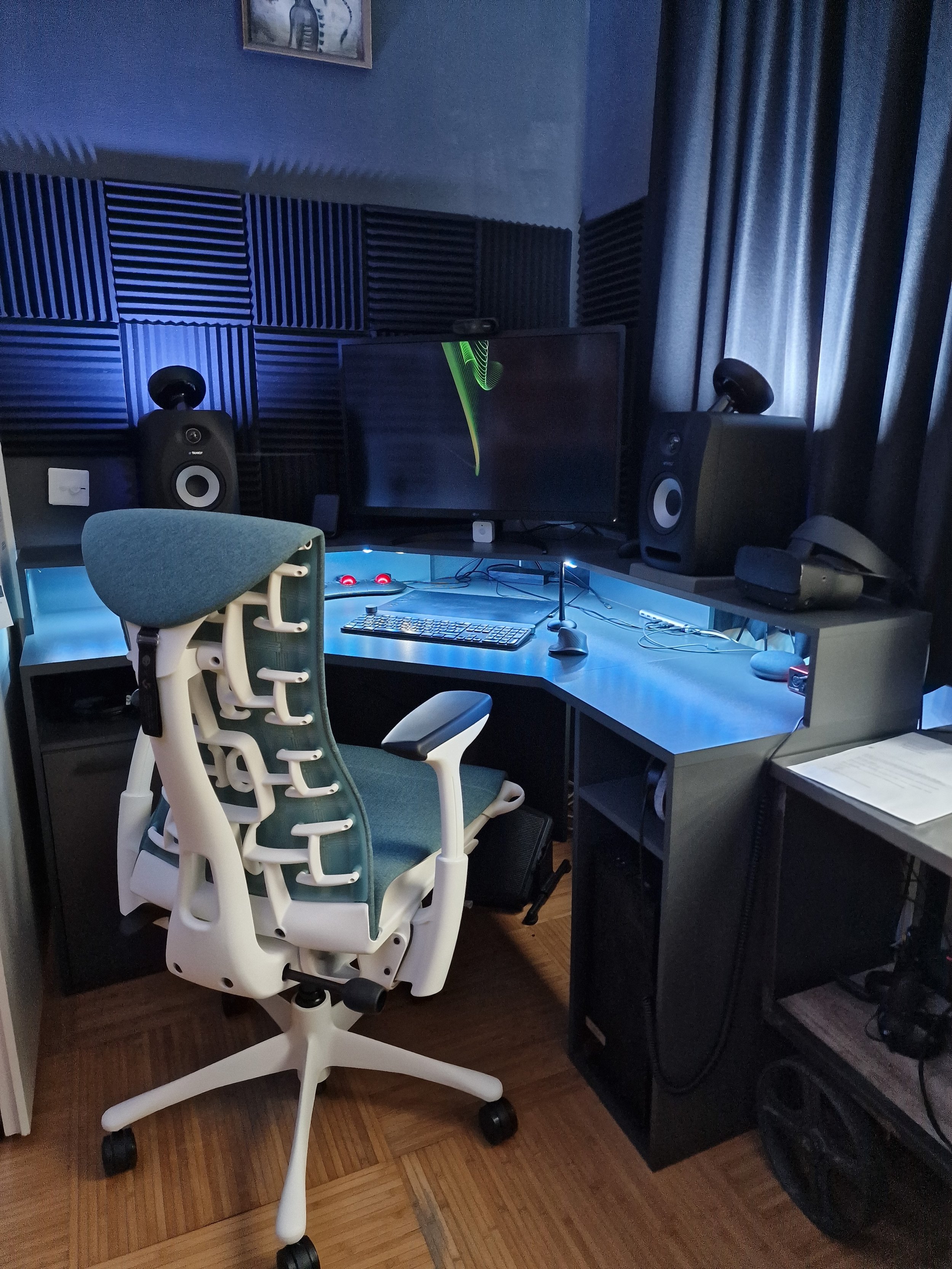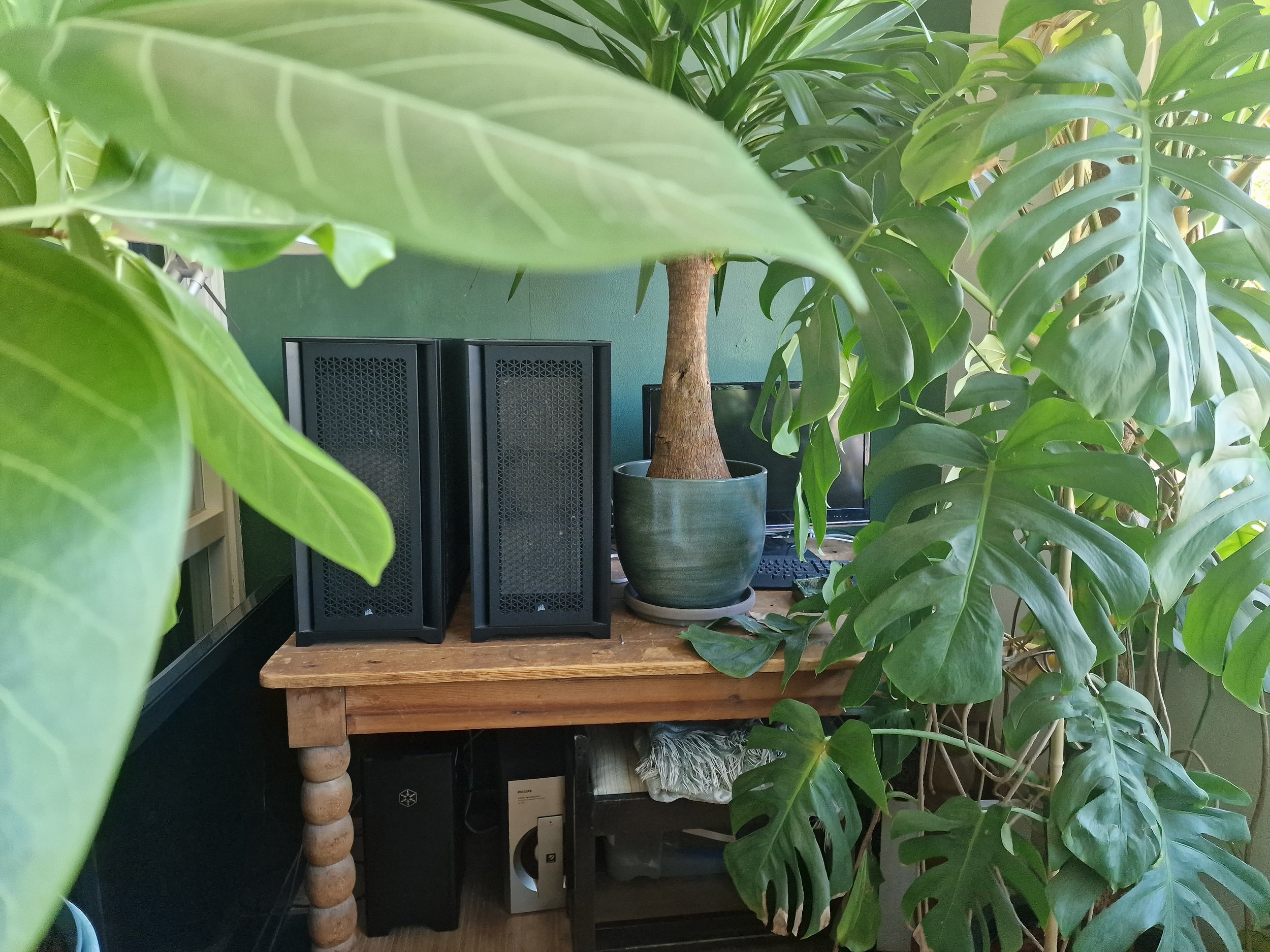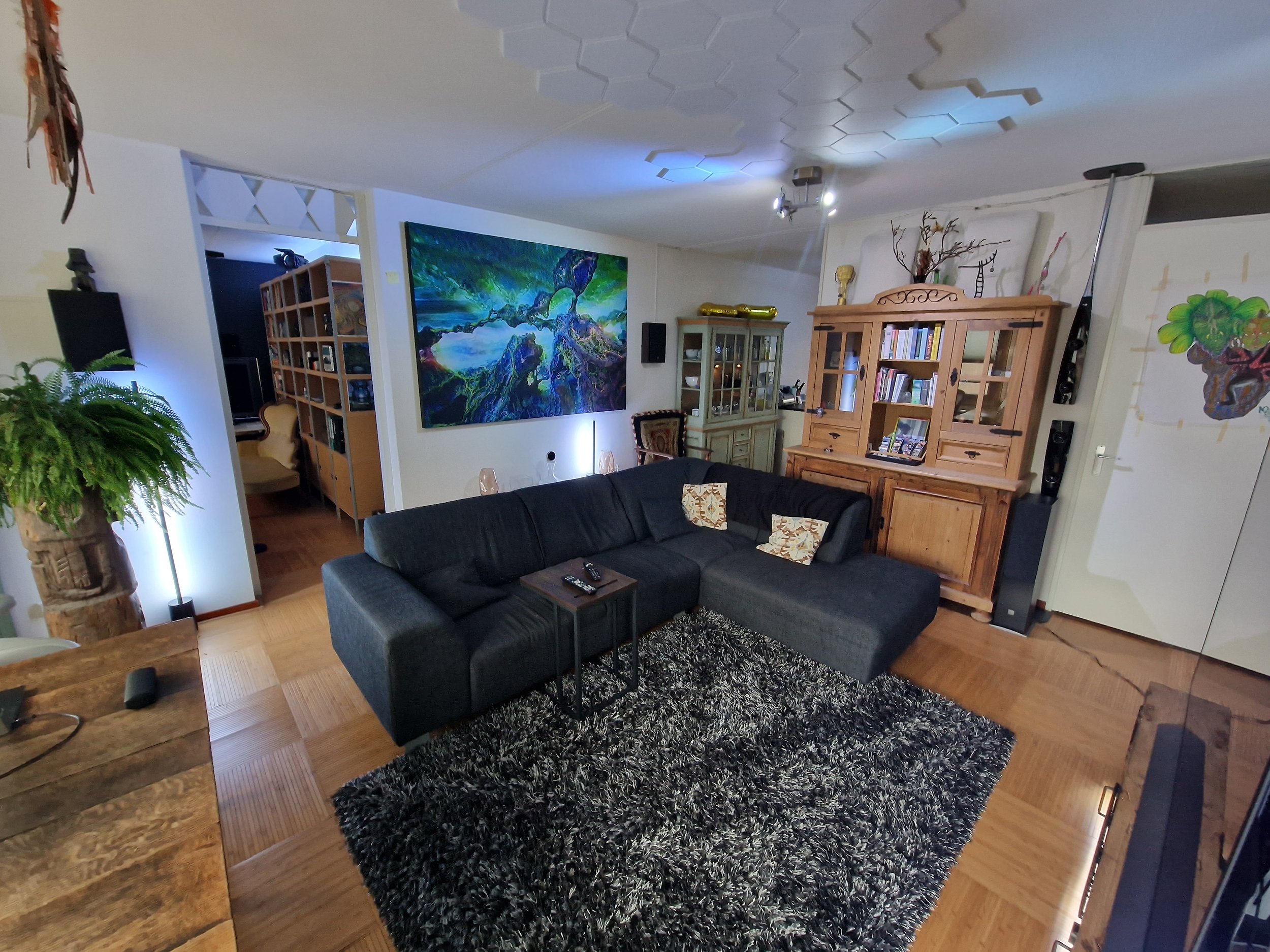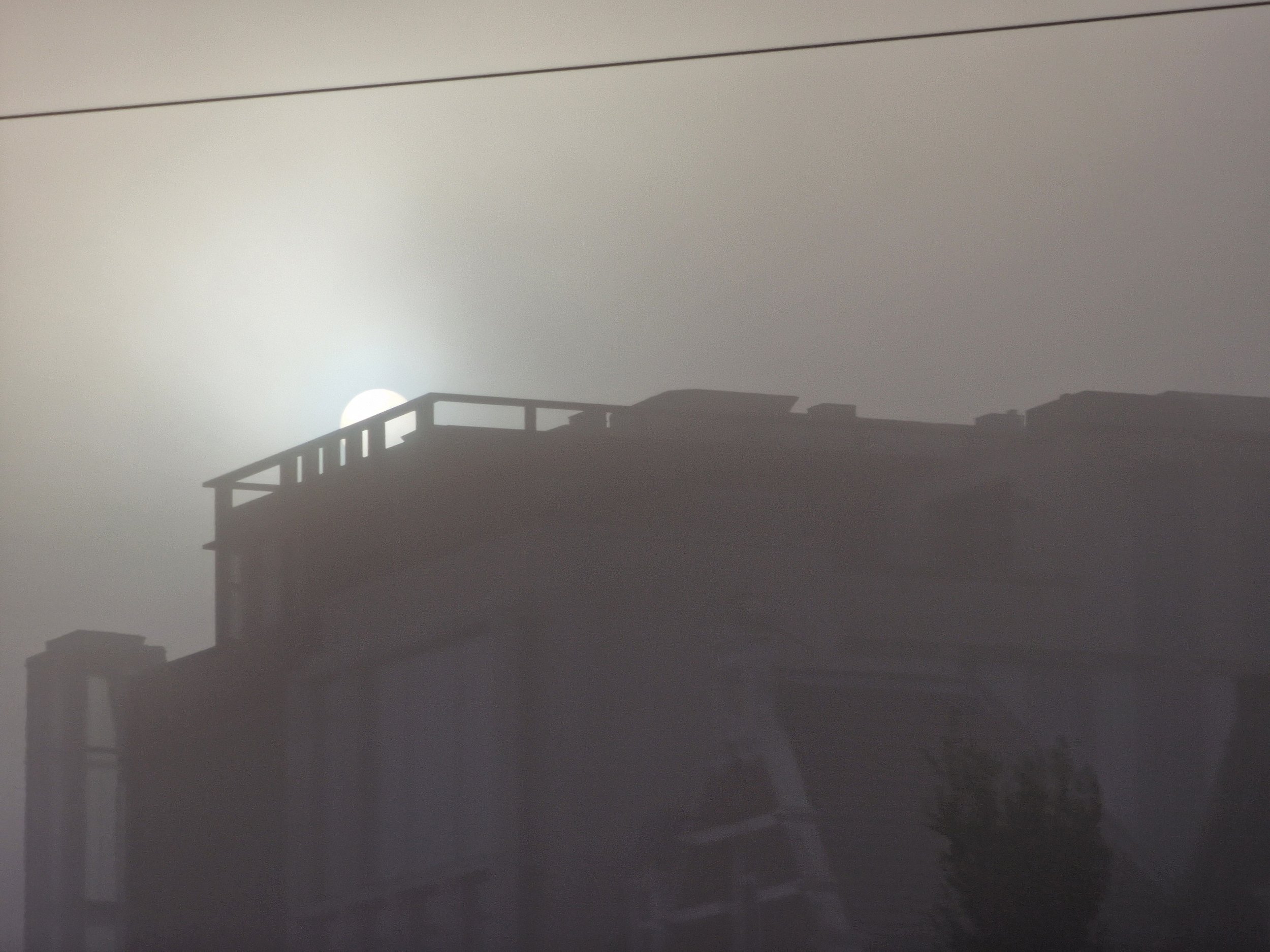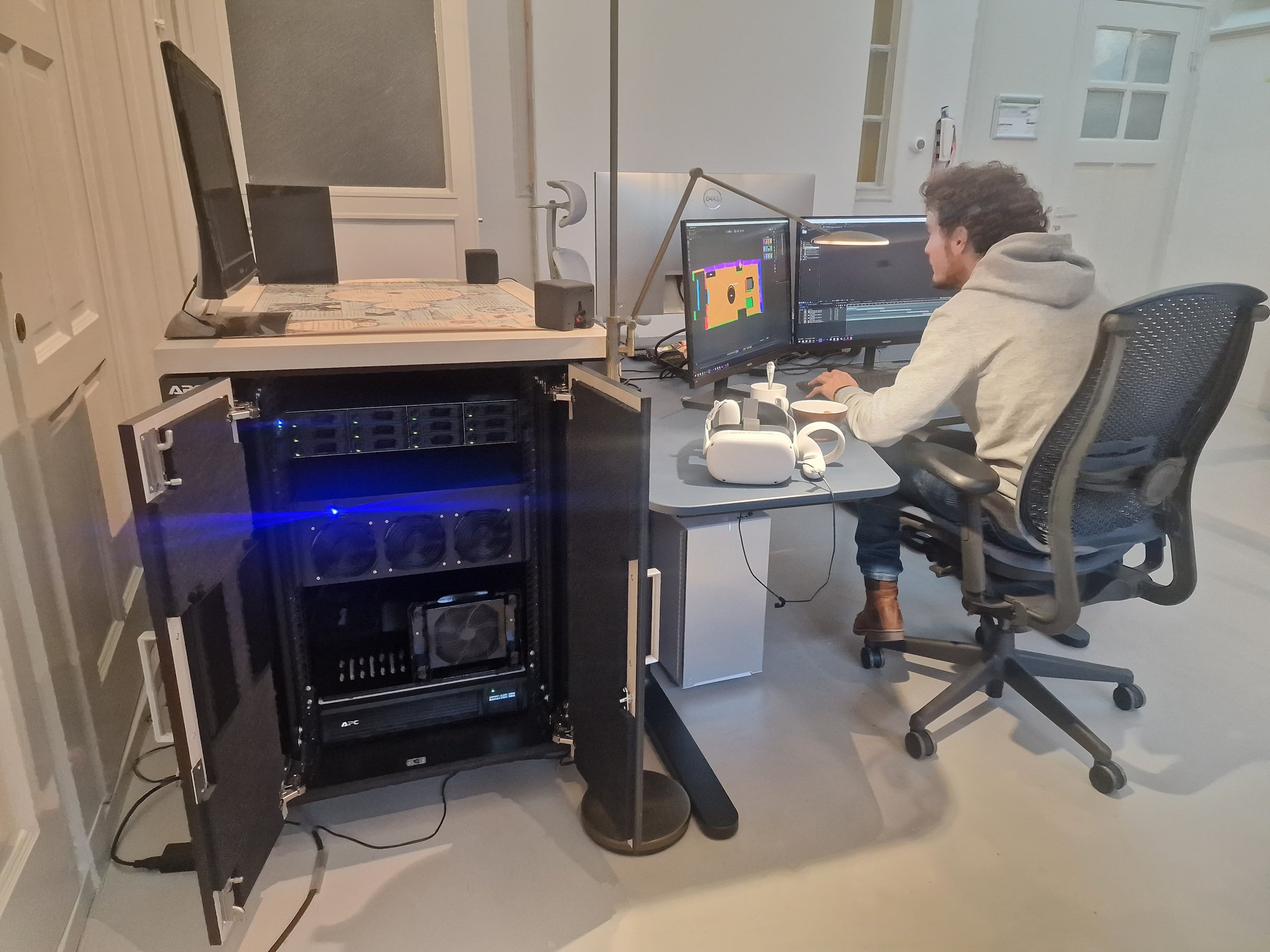Today, December 30th 2023, a decade has passed since I published my first Fractal film on the internet. And what a decade it has been!
First of all, the community response has been overwhelming, warm and extremely encouraging. This has been the primary motivation for me to keep going into the depths in stead of staying at the surface. This meant that four years in I decided to quit my day job at a VFX house and for the last six of those years I’ve had the opportunity to live and breathe fractal art.
Creating fractals has always been a delicate dance between artistic intuition and technological abiliy. Fractals take a notoriously long time to render, and this is especially true the higher the resolutions, the more immersive and lengthy the experiences become. So, In order to maintain my addiction, I had to accrue a not-so-modest army of CPU cores heating my Amsterdam apartment both in summer and winter time.
Recognizing that this was ultimately untenable, all the while encouraged from all you amazing followers around the world to explore ever more immersive worlds, I decided to start a proper studio that saw the light in October of this year. Right in the center of Amsterdam, next to the Central Station is a lovely studio / atelier that is now 50% a fractal exploration place. (the other 50% is by Wildvreemd, a foundation by Steye Hallema that does amazingly creative things with smartphones, VR storytelling and other tech-related experiences.)
The aim of the fractal studio is simply to be able to streamline the creation of fractals so that more thought can be given to the higher order concepts. What more stories can we tell with fractals, or shouldn’t we want to tell any stories with fractals and simply treat them as visual music? These questions are hard to answer if we don’t try, experiment, fail and learn. To help me answer these I asked Simeon in ‘t Veld to join the team. Simeon and I have worked together on VFX jobs in the past, on VJ shows at Boom festival and he’s an expert of all things fractal, film and visual. The studio will also provide some room to expand in terms of people and/or technology if, for instance, Vegas calls and wants their brand new sphere filled with fractaliciousness. (the heat would’ve probably burnt my apartment down)
Another angle to the studio would be to explore more ways to interact with fractals. At the moment I’m using Mandelbulb3D almost exclusively as a source for multi-dimensional recursive mathematics, but this doesn’t always have to be. It has been heart-warming to see so many people embrace fractal art while it’s simultaneously true that there are still many people today who’ve never seen any 3d fractals and are baffled by the worlds they produce. This means there’s so much room for us to grow, as Machina Infinitum has shown by creating fractal plugins that allow you to explore fractals in real time, as well as allowing for modern, quality rendering.
Since I’m trained to think like a cameraman or director real-time has never been my focus, but I have to admit it opens up many interesting possibilities.
Perhaps the studio could facilitate more of these explorations in the future. In particular, Desmond Germans who collaborated with me on the VR album Recombination (still available for the Quest 2 & 3!) is currently looking into creating a 3d fractal explorer that utilizes VR technology and the latest in CPU and GPU rendering to eventually alleviate and overcome the friction that is increasingly holding Mandelbulb3D back from soaring into the second quarter of the 21st century.
For the immediate future the focus is on creating immersive experiences. This can be for spaces such as ARTECHOUSE or NXT museum, domes like Omniversum and SAT, or VR. My particular enthusiasm at the moment is aimed at high resolution LED walls, which just look absolutely great and allow not only for extremely sharp images, but also smooth (HFR) and new color palettes (HDR)
Recursive Reflections in Hangar Y in Meudon, France. An example of high-res LED technology.
On December 30th, 2013, I pressed ‘publish’ on Geiger’s Nightmare, without knowing what that would set in motion.
A few months before that moment my colleague, talented 3D artist Lars Snelders, had found and downloaded Mandelbulb3D for me after I expressed my interest in 3d fractals. I suddenly had the urge to create a short mini-film of it, and I used the music of my father, Maurice Horsthuis, who’s been a composer for most of his life. (now he’s a painter!) His orchestral piece for Der Kübelreiter was perfect for showing the hidden cinematic properties of this über-digital artform.
If you don’t have any followers on any social media and you publish something for the first time, not much happens. I had to spend a lot of time posting my mini film on Vimeo to forums, blogs and other places in the hope that it would get noticed. Without a community, we fail. Facebook, for all its faults, has no doubt been the kindest to fractal art and the community Mandelbulb Maniacs in particular has stood out as a place of vital encouragement.
The past decade has been the most wonderful and humbling of my life. The people I’ve met, places I’ve been both physically and virtually, and the privilege to be able to make a living out of my passion. All of you, all of it. Thank you for all of the support. Thank you if you pressed ‘like’ on Vimeo in 2014 or if you came along at a later stage. Thank you all for believing in art that doesn’t have to make a statement or have meaning. Art that just is. Complex or simple, colorful or black&white, static or volatile, but always structured, always stylish.
Like visual music.
Have a wonderful 2024!
Julius Horsthuis
